“If you are a horned lizard, you squirt blood out of your eyes.“ This quote stood out to me because I never knew that an animal could do this!
“If you are a horned lizard, you squirt blood out of your eyes.“ This quote stood out to me because I never knew that an animal could do this!
I really enjoyed reading this book and I think it is for all ages. I learned some things that I have not known before about animals.
What Do You Do With a Tail Like This? by Steve Jenkins and Robin Page. 2003. Picture Book. Caldecott Award Winning. This is a great book to use when learning about different animals and what they contribute to wild life. The illustrations remind me a lot of Eric Carle in the way that it looks like watercolor.
If you're a cricket, you hear with ears that are on your knees.
I never knew crickets ears are on their knees so thought this was quote was interesting because it taught me something new!
This book can be used in the classroom when doing a project about different animals. It can introduce facts about what different things animals use their ears, eyes, mouths, noses, feet, and tails for. Children could explore and look for more facts about these animals.
What Do You Do With a Tail Like This? is a nonfiction picture book written by Steve Jenkins and illustrated by Robin Page. It was published in 2003 and was awarded the Caldecott in 2004. The book explores the many things animals can do with their eyes, ears, mouths, noses, feet, and tails. The illustrations are intriguing and help you follow along with each fact about the specific animals.
You could use this book in varying grade levels to talk about different characteristics of animals. You could do a research or comparison project on different animals and their qualities.
Published in 2003, this book won the Caldecott Medal. The illustrations in this book seem to be made of ripped paper, yet still look realistic. At the end of the book they elaborate more about the different animals and their characteristics. This book could vary by age since the bulk of the book is not very detailed, but it goes into more detail later.
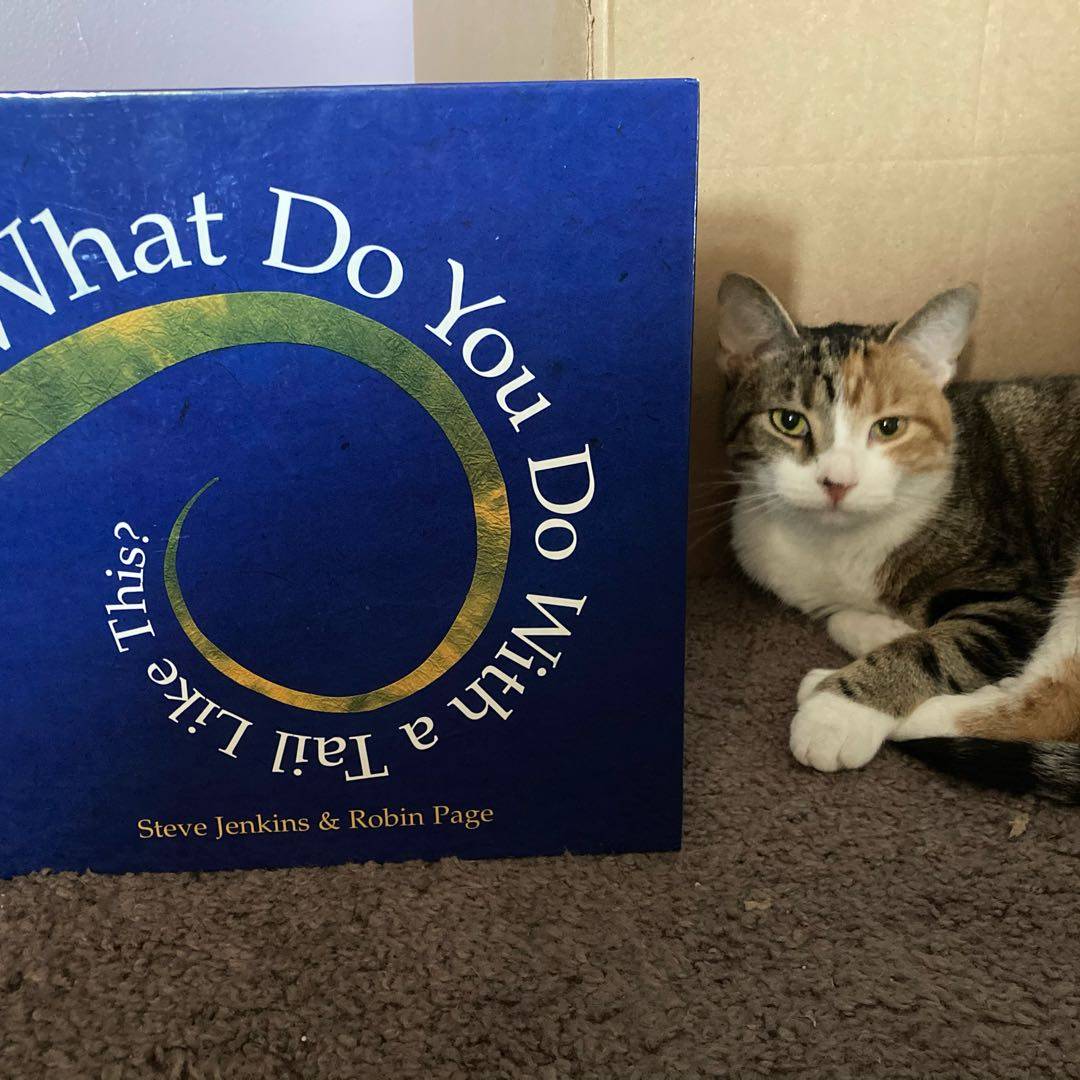
This TL, SR, Caldecott Award winning book is one for each primary classroom. This informative picture book dives deep into a variety of animals and their physical descriptions. The author has provided many an opportunity for the teacher to ask students questions and engage in conversations about animals. In the following link, you'll find a lesson plan idea that accompanies this book well: https://www.cpalms.org/Public/PreviewStandard/Preview/5681
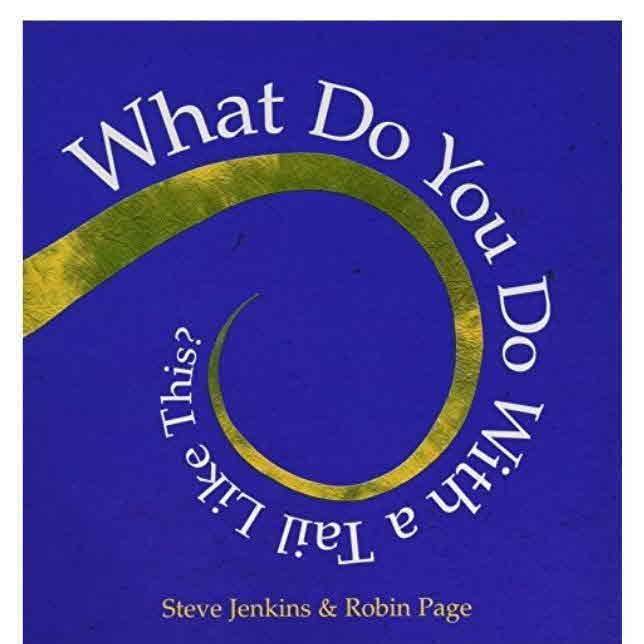
What do you do with a tail light this? by Stephen Jenkins and Robin Page is a great NF book that won the Caldecott Honor award in 2004.This is a great RA book to learn how different animals use their 5 senses.It has beautiful illustrations of animal eyes, ears and noses,the words are written in close proximity of the animals.There are many questions like"What would you do with the nose like this",that makes this book interactive.#ucflae3414su20
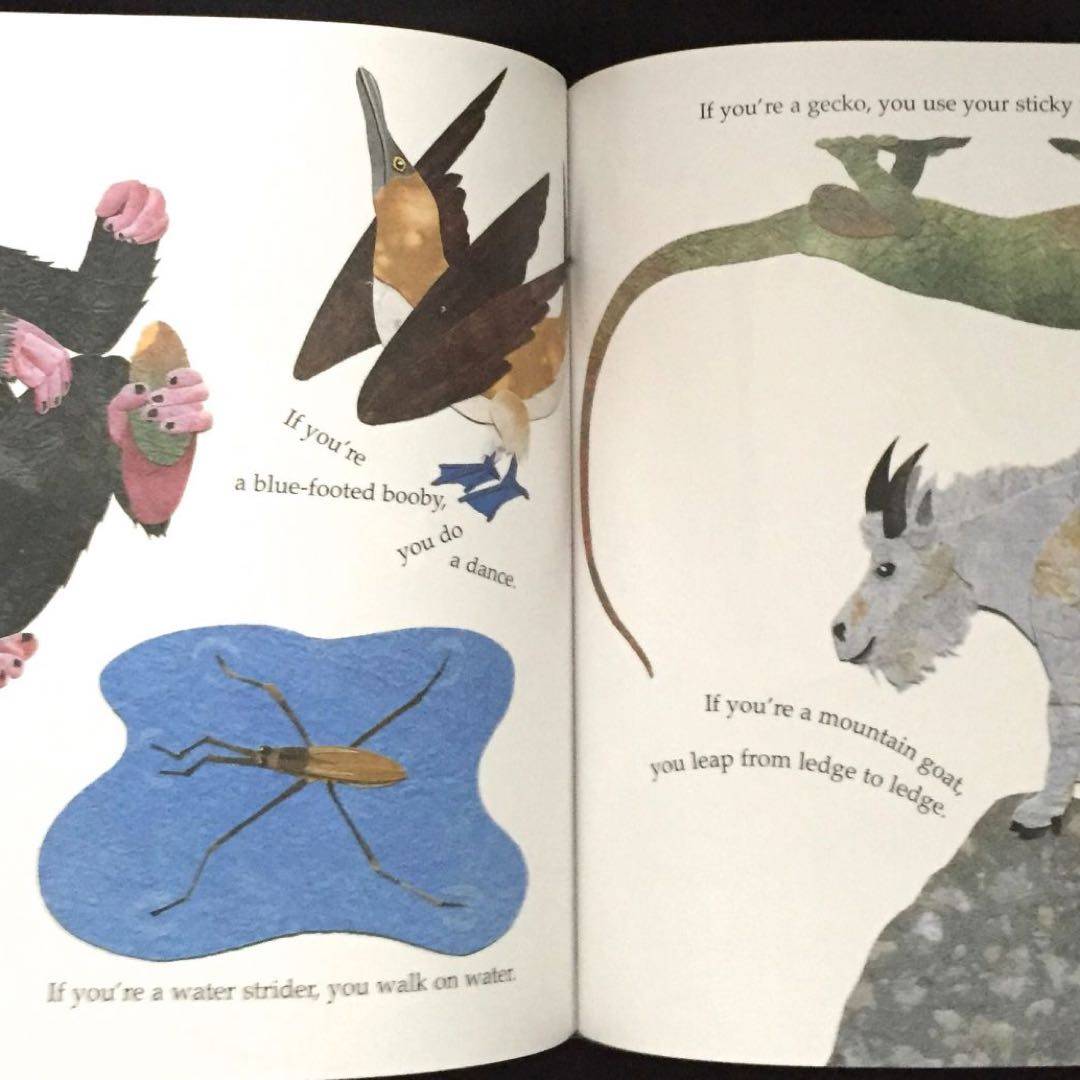
This Caldecott award winner would be used well as a CR in the classroom. Students will learn how different animals use their tails, ears, eyes, mouths, noses, and feet in this beautifully illustrated PB. Using ESOL strategy 1 (Teach questioning for clarification) and UDL design 1.2 (Offer alternatives for auditory information) to provide support for students. #UCFLAE3414SP20 http://www.stevejenkinsbooks.com
“If you're a skunk, you lift your tail to warn that a stinky spray is on the way.“
I thought this was a really cute and informative story! I think that younger and older kids would love this story just the same. I think that the story was structured well and the language was concise and easy for children.
This nonfiction and Caldecott winner, was a great interactive story! This book talks about how different animals use their body parts. This story has a different layout for almost every page, and helps keeps the reader intrigued. The information is interesting and it helps that it was paired with awesome artwork.

I liked the one of the skunk becuase the words were placed in a different way then the others
I would use this book with kindergartners because they‘re very interested in animals and would benefit from it
This is a nonfiction book. This book was useful for children learning true facts about animals and what they do with their bodies
This nonfiction book uses pictures of different animal parts to teach you what animal they belong to and how they use them. The information is clearly structured and the language is vivid and easy to understand.
I would use this book in my classroom because it would be a great book to introduce non fiction to young children.
“ If youre a blue-footed booby, you do a dance. If you're a water strider, you walk on water.“
This is a great way to incorporate nonfiction and educational reading in the classroom. I love how it doesn't feel like informational text. A lot of fun elements still in this book.
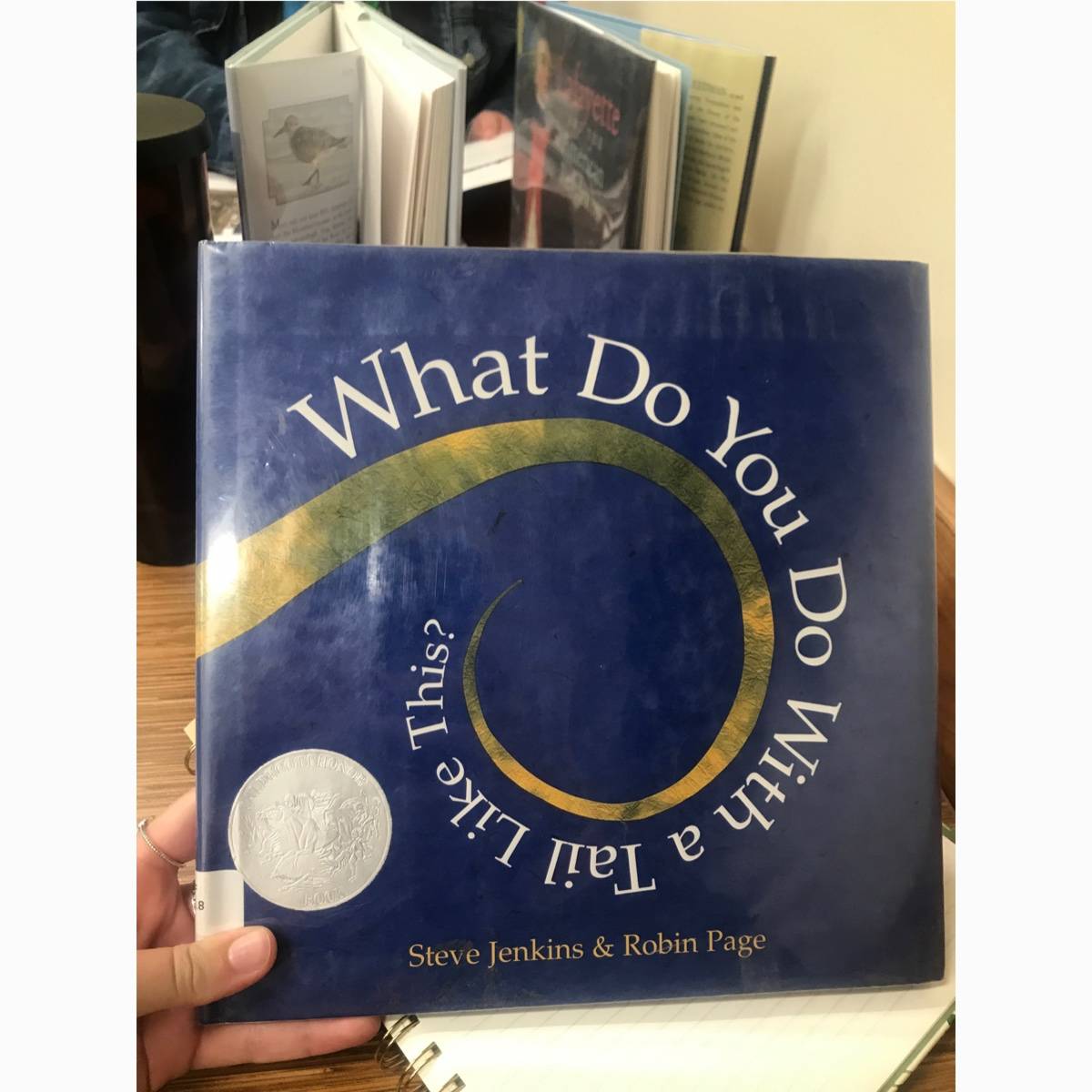
Published in 2003 this nonfiction book won the Caldecott honor. I love this interactive book to read with kids that is sooo informative but also really fun and interesting. The pictures are lively and the information is perfect for teaching kids about animals.
“If you‘re a scorpion, your tail can give a nasty sting.”
This book was super interesting and informative. It has neat illustrations and could be used to teach children about body parts and animals.
What Do You Do With a Tail Like This? by Steve Jenkins is a piece on nonfiction. It was published in 2003. This book is super informative on a bunch of different animals and what they‘re body parts do. There is a glossary in the back for more reference. This book can also be started on any page so it is easy for the kids to jump in and learn what they want.
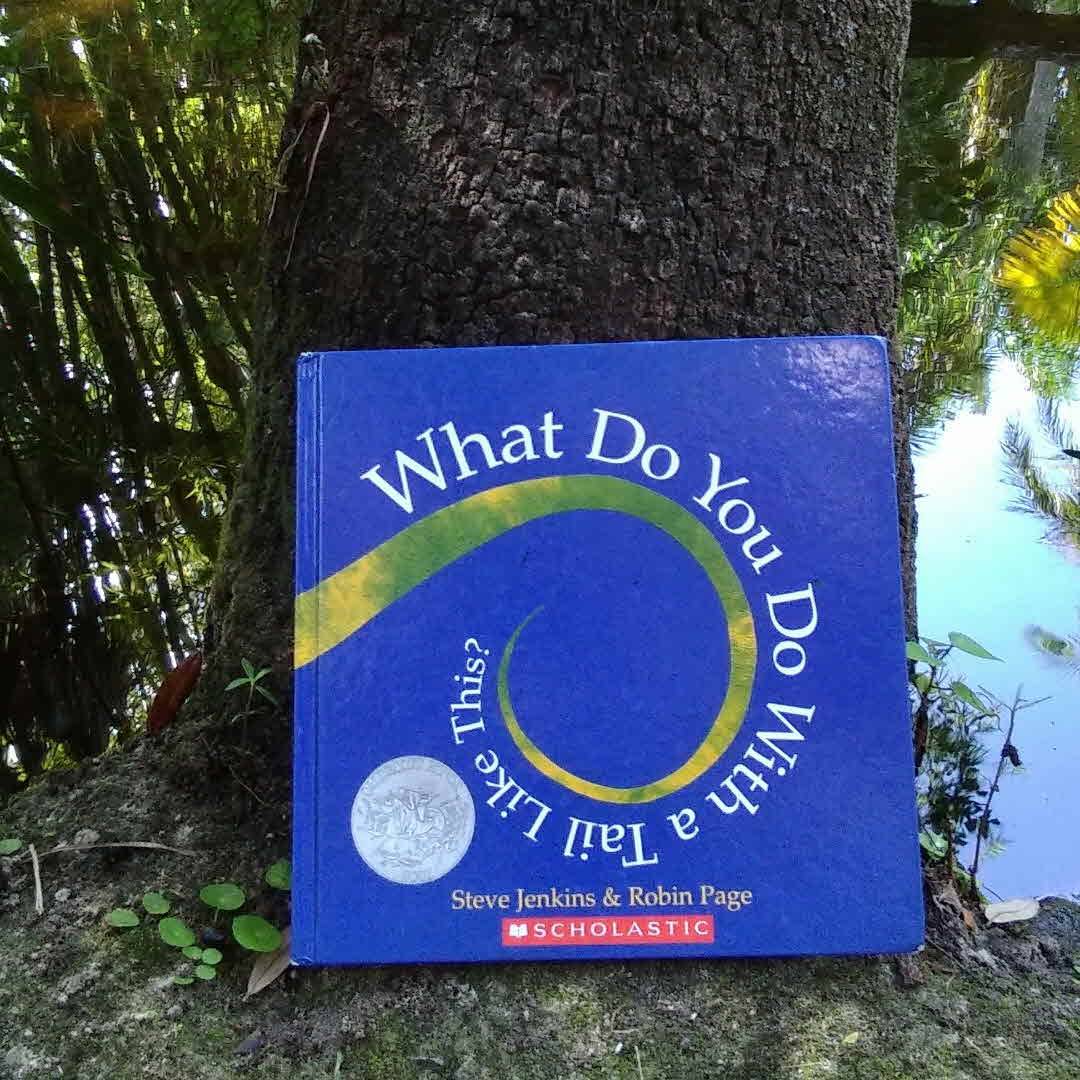
A great NF Caldecott honor book, What Do You Do With A Tail Like This? by Steve Jenkins illustrated by Robin Page. This book talks about what different animals do with their ears, nose, mouth, eyes, and tails. UDL for this book is 1.1 offer ways of customizing the display of information. ESOL I would use is 20 list the important words and phrases you use or plan to use in a presentation on a transparency or on the chalkboard. #UCFLAE3414F19
“If you're a mole, you use your nose to find your way underground.“
I could read this book for many different purposed throughout the classroom. Maybe during a transitional period?
I like this book because it helps children understand more about animals, like their body parts and what they do with them.
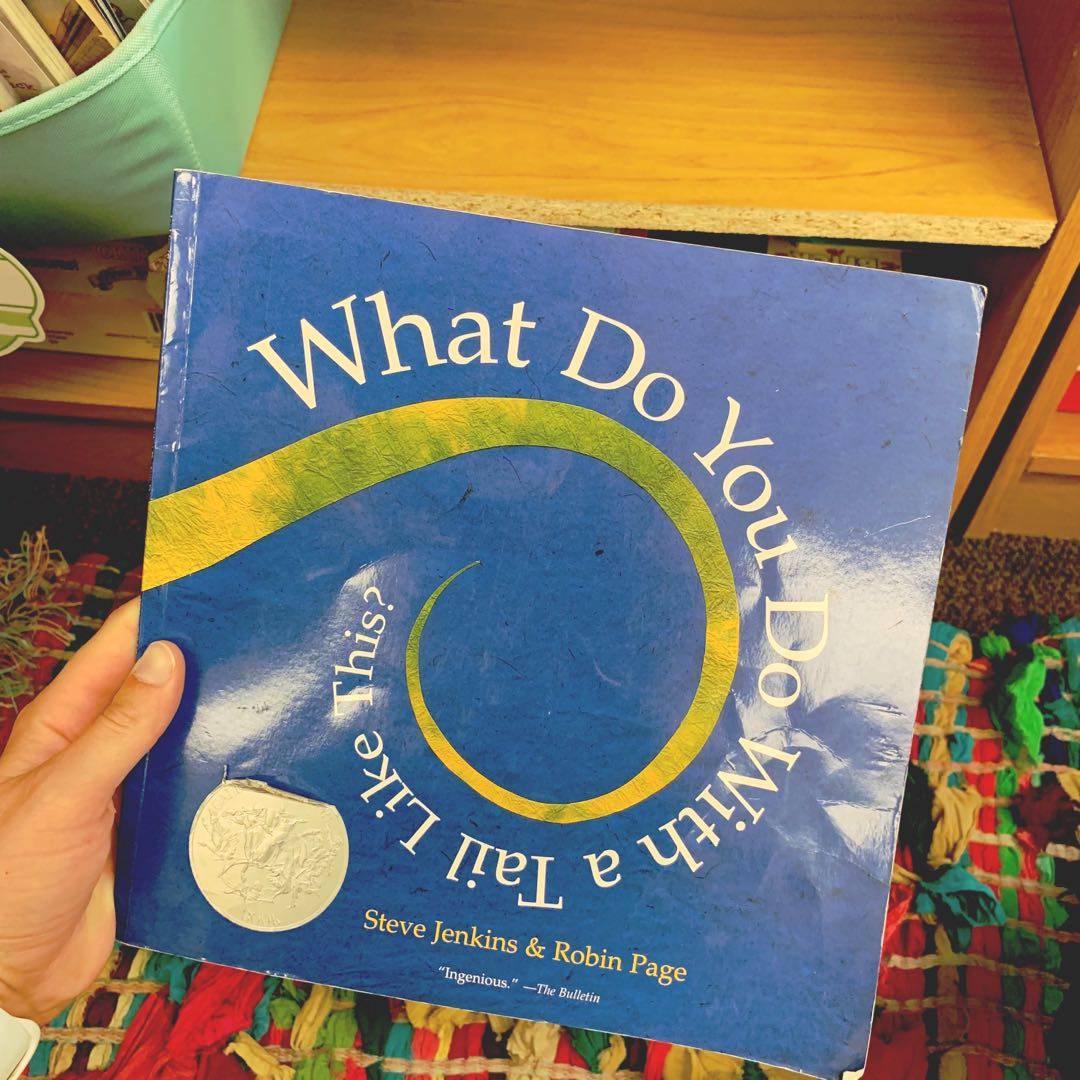
What Do You Do With a Tail Like This is a wonderful NF PB written by Steve Jenkins and illustrated by Robin Page. This is a Caldecott Honor book that would be great for a S in your PK-5th class. This PB is a great educational book for children to learn about all of the different animals and what the animals can do with each of their body parts. It is also a great interactive book for the students and teacher to engage in. #UCFLAE3414F19

#MiaCat with first grade #WitAndWisdom module 2 books #CatsofLitsy
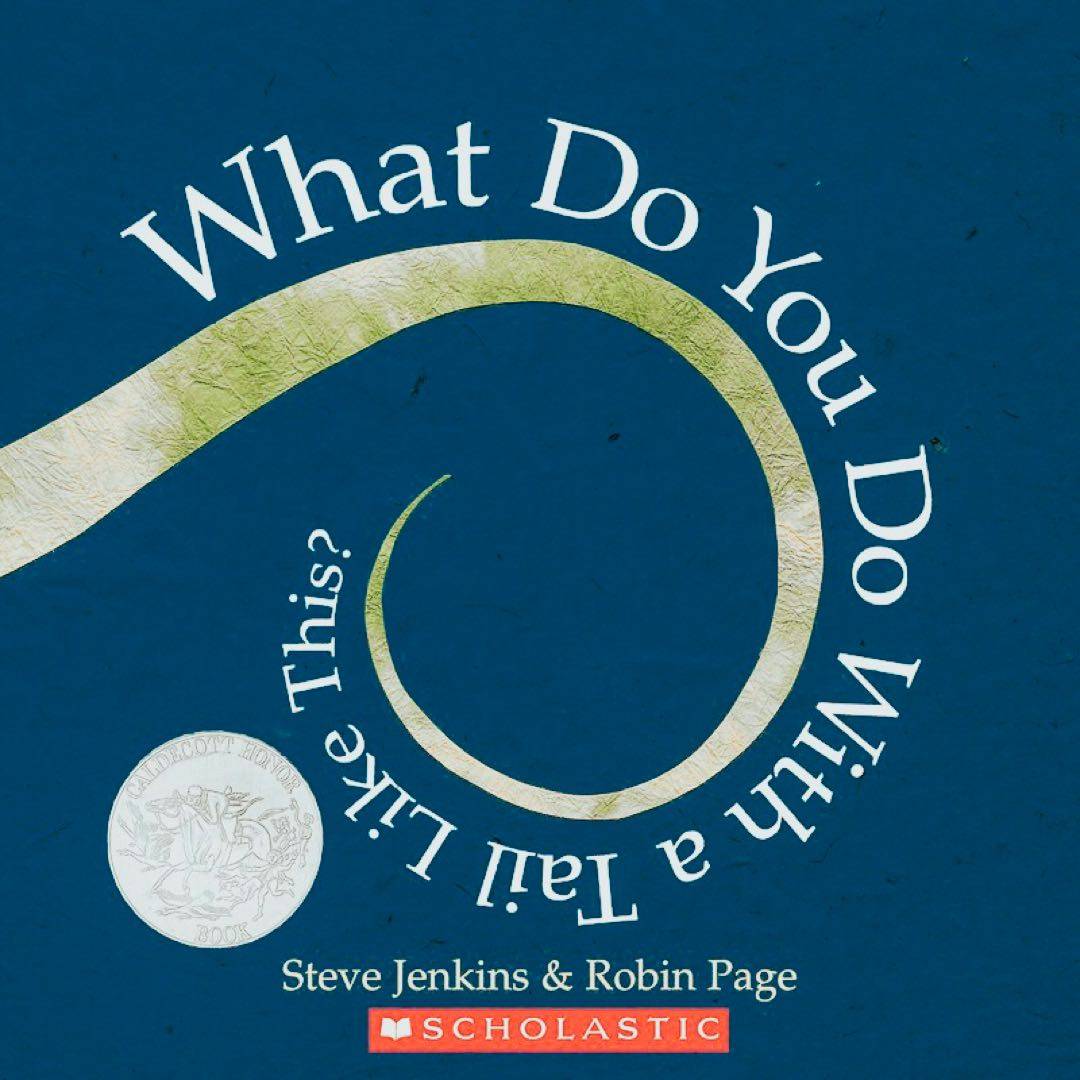
What Do You Do with A Tail Like This? (NF) written and illustrated by Steve Jenkins & Robin Paige. This Caldecott honor book explores many different animals. Through the story students are exposed to the many traits animals have including their ears, eyes, mouth, noses, tails, etc. and explains what they do with each. This would make a great RA.
Caldecott Honor Book. This is a great book for children to read in a classroom. It‘s informative but also super fun with lots of things for the children to point out. I‘m sure there‘s a lot of different activities you can do with this book.
What Do You Do With a Tail Like This? by Steve Jenkins and Robin Page, 2003. This is a wonderfully illustrated book. It uses paper cut outs to illustrate each of the animals and is informative and fun. And it has a section in the back for learning about the animals more if you want to know more which is really great and can jump start a child‘s interest.
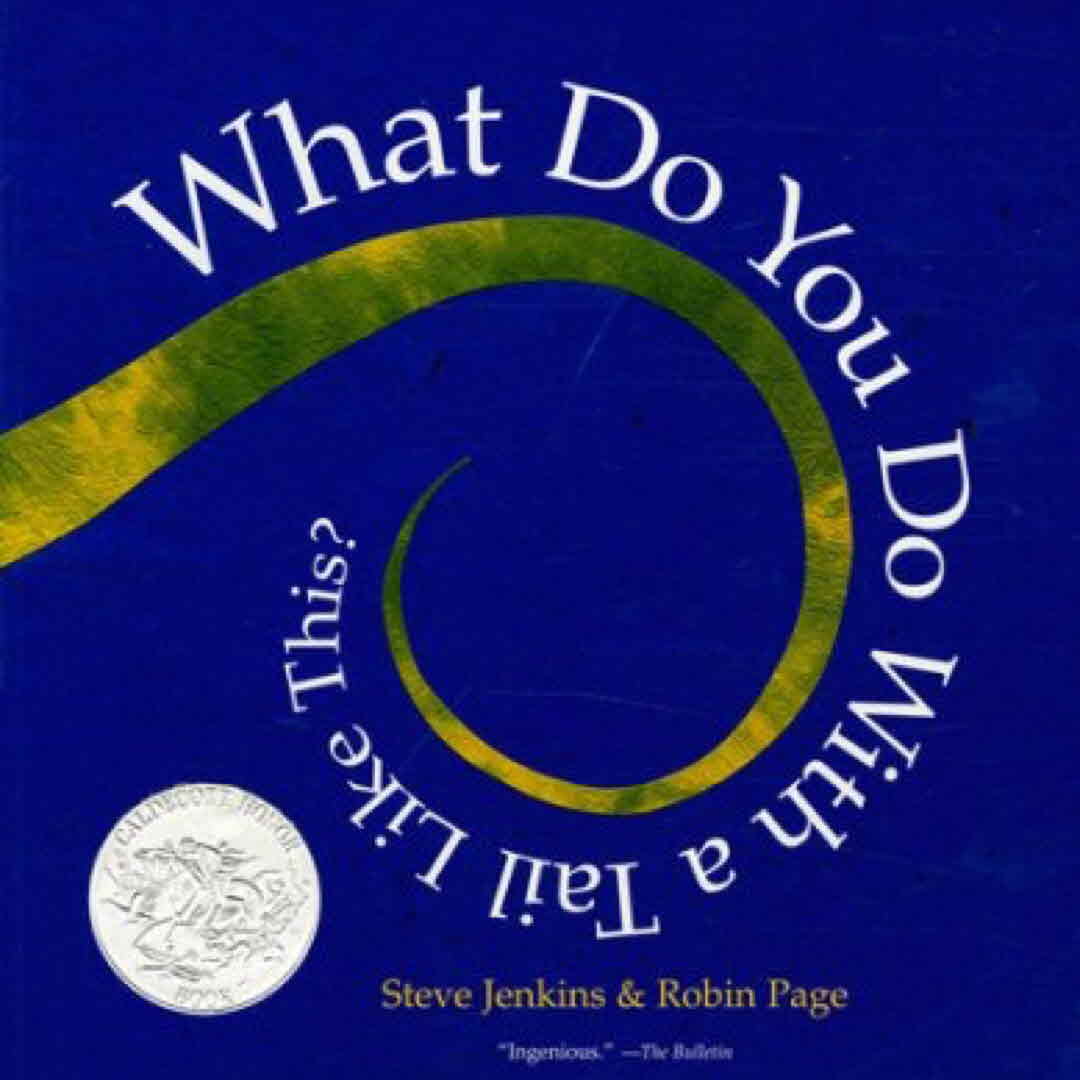
This Caldecott Honor Book is a nonfiction book that teaches students‘ important facts about different animals and their unique characteristics. This is an excellent book to include in lessons about animals, nature, and the environment. Beautifully illustrated and written in a way to keep all readers engaged. A must have for your classroom library. #UCFLAE3414SP18
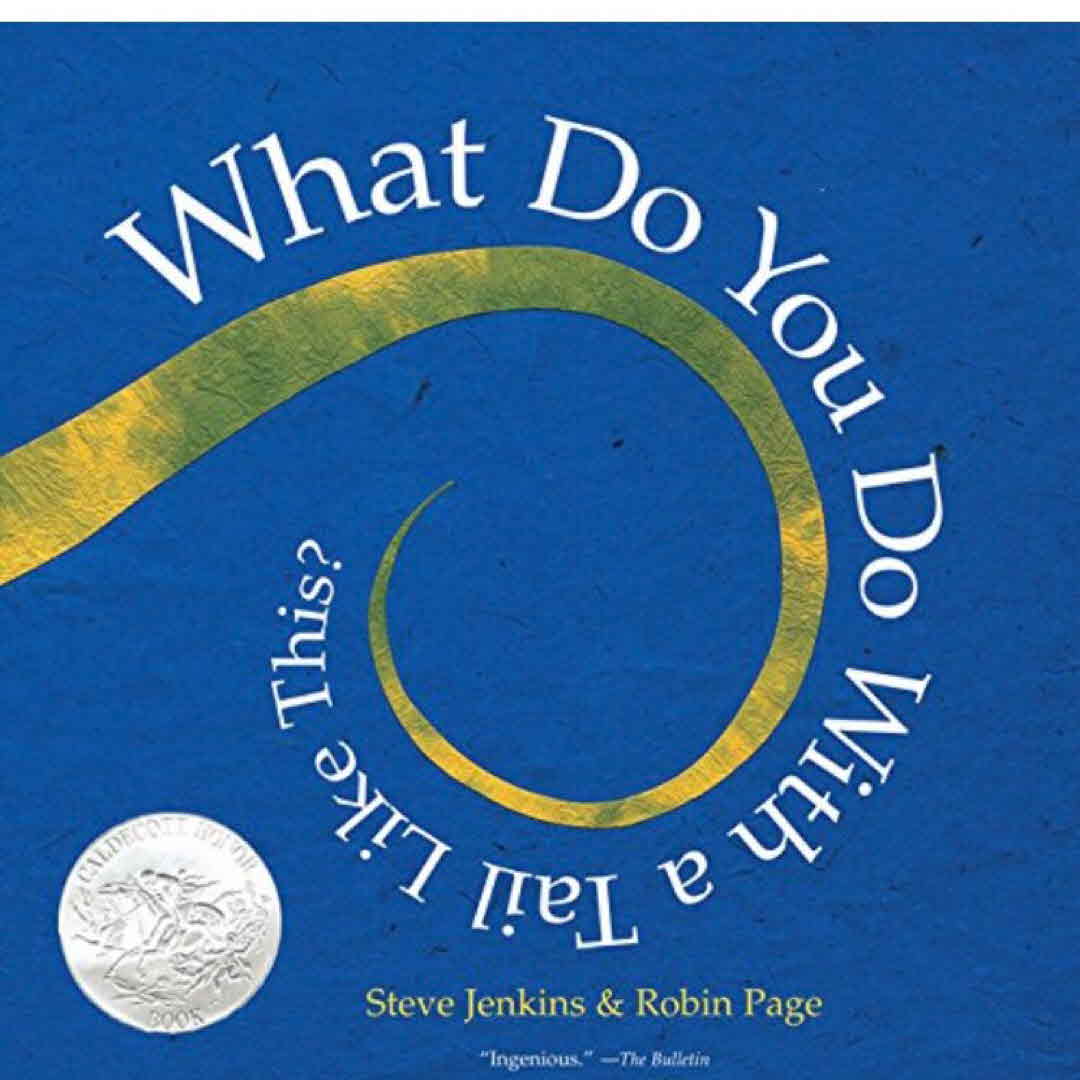
Readers get to explore the many amazing things animals can do with their ears, eyes, mouths, feet, and tails in this NF story. This story is a great interactive book that encourages predicting. It has won a Caldecott award. This would even be a great RA before a science lesson.
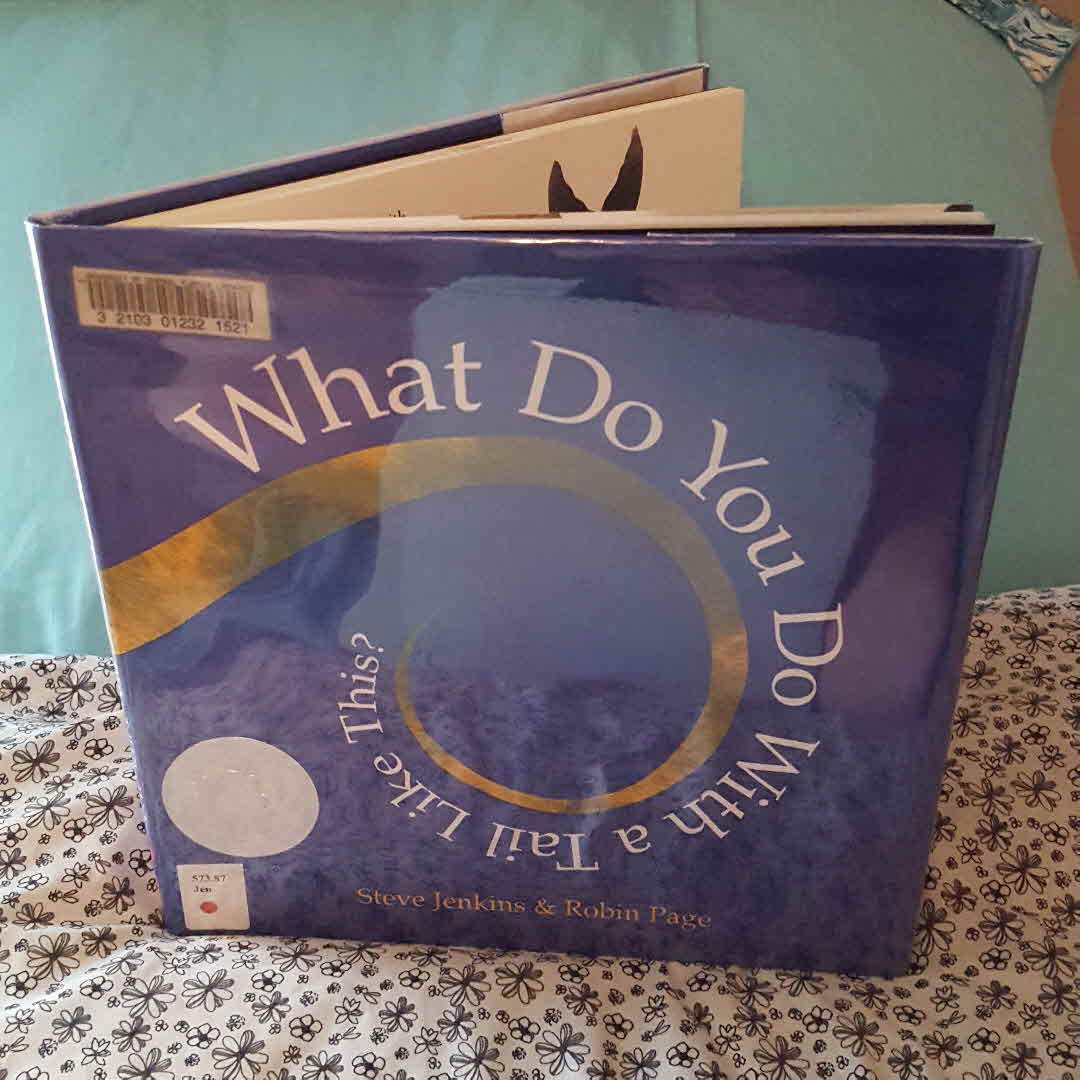
This NF Caldecott honor book by Steve Jenkins would be great for a RA. On one page, you are shown just one part of various animals, and on the next page, you are told what these animals do with that body part. It's a great informational text that even taught me many things! At the end of the book it goes into more detail about each animal.
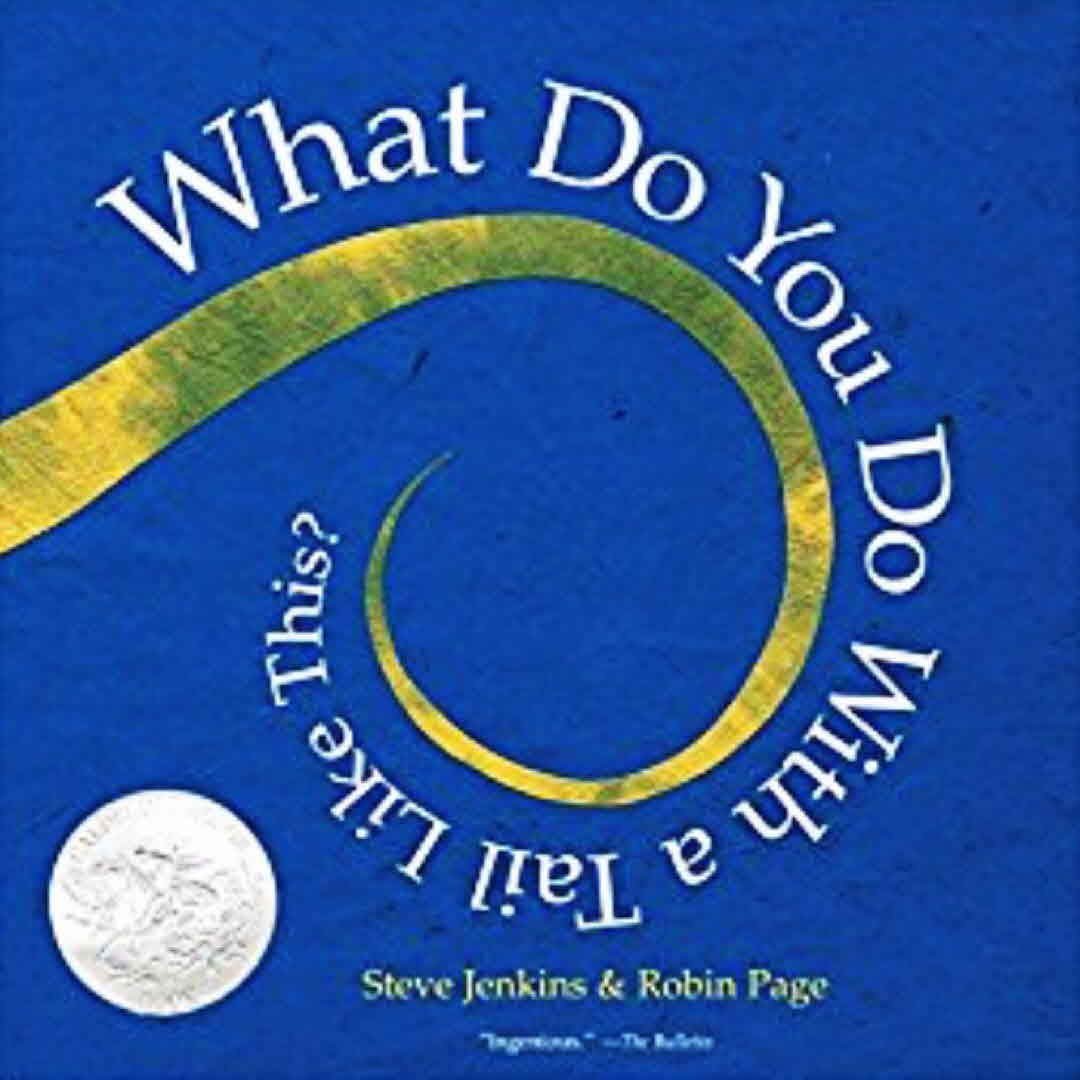
This NF book builds suspense by only showing you a nose, tail, ears and so on and then tells you what animal it is and their special characteristic. The end of the book even tells you more about the animals. This audio has a bearded dragon with you reading! https://youtu.be/kRVA9NlHyss #ucflae3414su17